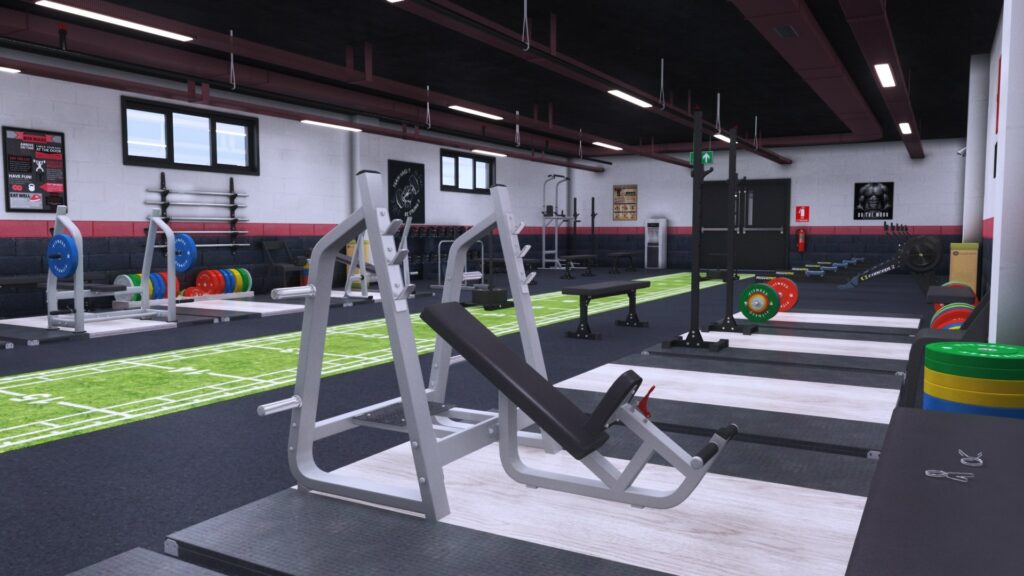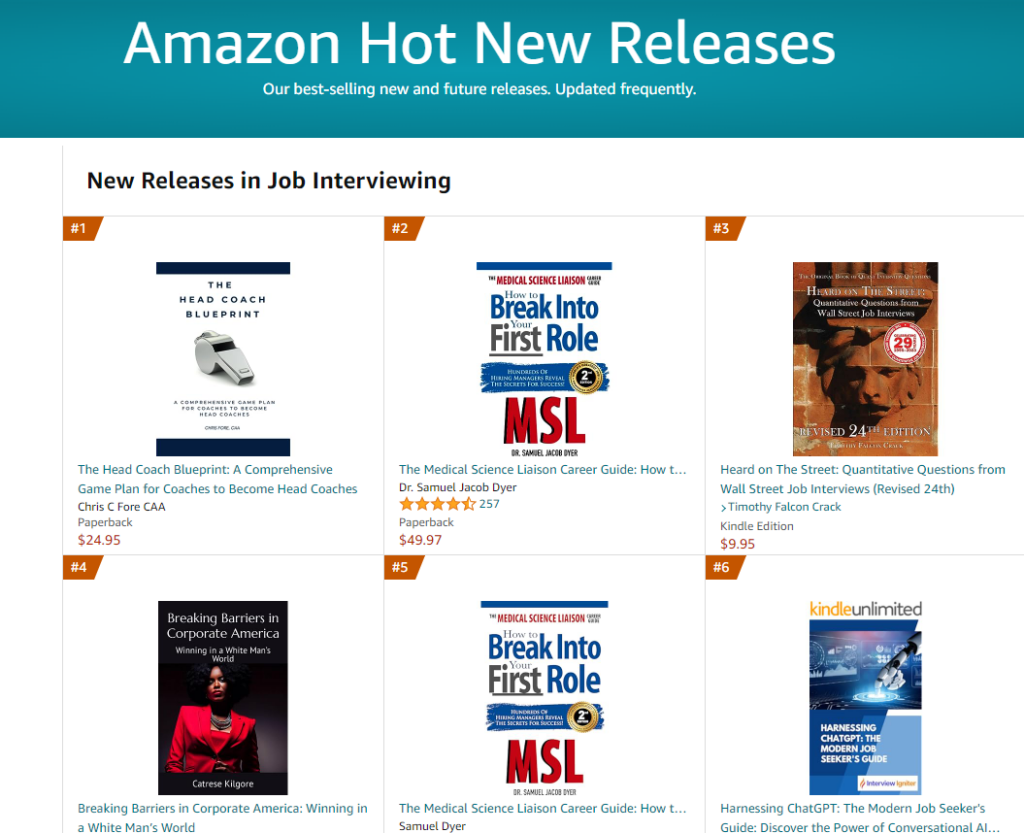
In the dynamic realm of high school sports, coaches are constantly grappling with the challenge of keeping teenagers motivated during the offseason—a period where the fruits of their labor won’t be reaped until the next competitive season. A question posed to me on Twitter once encapsulated this struggle: “Hey coach, how do you keep kids motivated during the offseason?” It’s a question that strikes at the core of coaching philosophy, and one that I find particularly compelling because I think that it separates programs from being good and being great.
There is widespread difficulty programs face in instilling motivation in teenagers who are working towards goals that won’t materialize until the following season. The essence of this dilemma lies in the temporal gap between effort and outcome, and in this day and age of the 30 second TikTok video being too long, coaches have their hands full with keeping teenagers engaged. In the face of this challenge, we will tackle the complex issue of offseason motivation.
I firmly believe that one pivotal strategy is meticulous tracking of athletes’ progress in the weight room. While various apps are now available to facilitate this process, coaches need to emphasize the significance of providing immediate feedback to the athletes. The coach’s philosophy aligns with the best practices in the field, advocating for the periodization of the offseason weight room regimen. One idea, and something that I’ve found useful in the past is breaking down the offseason into quarters, akin to the structure of a football game.
Imagine an eight-week session divided into four quarters. Each quarter concludes with comprehensive assessments, including maxing and timing exercises. These assessments serve a dual purpose: they allow athletes to witness tangible progress, fostering a sense of accomplishment, and they validate the notion that their time and effort invested in the weight room are yielding meaningful results. It’s about instilling a belief that their journey has been worthwhile, whether it’s adding thirty pounds to a squat in the first quarter or achieving a faster forty time in the second.
For coaches contemplating the implementation of this strategy, coaches should use a strategic breakdown of the offseason on a calendar. This involves plotting out the period from the last game or the initiation of the offseason program to the summer. By dividing this span into four digestible quarters, coaches can visually present a roadmap to athletes, aiding in their mental understanding of the progression throughout the offseason.
Beyond the individualized tracking of progress, here is another innovative concept: fostering healthy competition among athletes. This involves breaking the entire roster into small groups that compete against each other. Points are awarded during the offseason for various achievements, such as growth in the weight room, academic performance, and punctuality. The versatility of this approach is evident in the myriad ways coaches can tailor the point system to align with the unique dynamics of their team.
A compelling example might be a school incorporating a community service component into its offseason program. Small groups earn points for participating in community service activities, showcasing the diverse ways coaches can incentivize positive behaviors. This not only fosters competition but also strengthens the bond among team members, creating a sense of shared purpose beyond the playing field.
Furthermore, coaches should also emphasize the pivotal role of personal relationships in motivating athletes during the offseason. Coaches are encouraged to engage in one-on-one interactions with their players, delving into individualized discussions about performance and future prospects. This personalized approach should profoundly impact athletes, especially those teetering on the brink of securing a starting position.
These one-on-one conversations should serve as the foundation for motivating athletes, establishing a connection that extends beyond the weight room. This, coupled with the strategic use of attendance tracking in the weight room, reinforces the message that every athlete’s contribution matters and is closely monitored. It’s about creating an environment where athletes feel seen, valued, and motivated to excel.
In essence, as a former Head Coach, my approach to offseason motivation was a symphony of systematic progress monitoring, healthy competition, and personalized relationships. By implementing these strategies, coaches have the opportunity to transform the offseason into a period of comprehensive growth. Athletes, motivated by immediate feedback, team dynamics, and a genuine connection with their coach, can embark on a journey that transcends mere physical development.
This three pronged approach can be a valuable roadmap for coaches navigating the delicate task of keeping teenagers motivated during the challenging and often overlooked offseason. In the intricate dance of coaching and mentoring, this multifaceted approach offers a harmonious blend of strategies to inspire and uplift athletes as they navigate the demanding landscape of the offseason journey.
Chris Fore has his Masters degree in Athletic Administration, is a Certified Athletic Administrator and currently works as a Principal in Southern California (yes, he went to the “dark side” after 17 years of coaching!) He served as the President of the California Coaches Association for 3 years. Fore is the CEO of Eight Laces Consulting which specializes in helping coaches nationwide in their job search process. Fore has been named to the Hudl Top 100 Coaches, and the Top 5 Best High School Football Coaches to follow on Twitter by MaxPreps. Follow him!
PS – Fore’s latest book, The Head Coach Blueprint, has been an Amazon “Hot New Release” several weeks in a row!
There are 3 ways to buy THE HEAD COACH BLUEPRINT: Hard Copy, Kindle and PDF!
50 chapters, 533 pgs, nearly 500 Head Coaches interviewed for this project!
This is the last book you’ll ever buy about job search!



